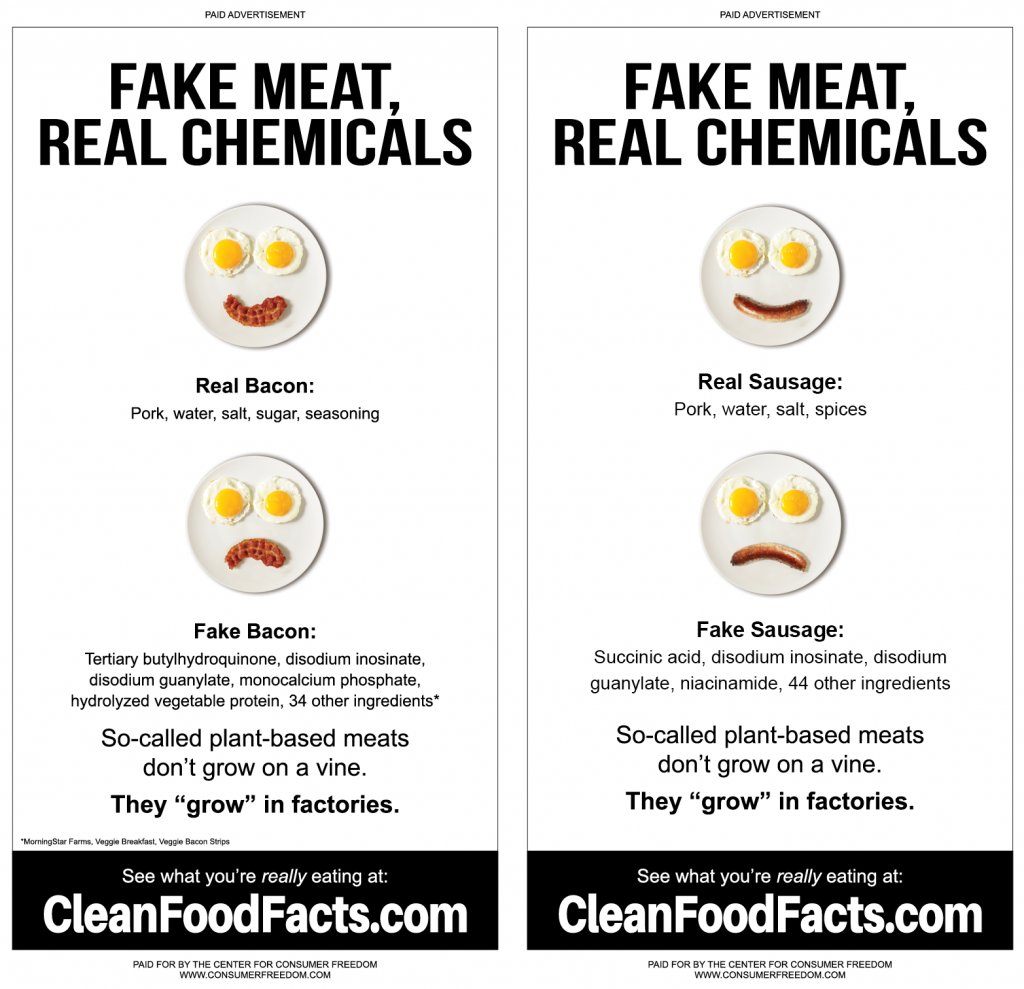Too often, food cops shoot first and ask questions later. For years activists and academics like Yale University’s Kelly Brownell have whined that our so-called “toxic food environment” is making us fat. They complain that an “over-abundance” of inexpensive, tasty food makes eating too appealing and convenient. But despite their calls for regulations like fat taxes and zoning bans, they have precious little evidence to back them up. Now a new study published in the journal Public Health strikes another blow to their already fragile theories.
Researchers from the RAND Institute investigated nearly 7,000 grade-schoolers from 59 different American cities and found no link between childhood obesity levels and fast-food restaurant prices or the number of restaurants in a given area. They wrote:
There were no significant effects for dairy or fast-food prices, nor for outlet density … We initially expected food outlets to play an important role, but no association was found … the absence of an effect on weight change in our data could also be an indication that density, or at least the variation in density, of food outlets has a smaller impact on diet than commonly assumed.
These results corroborate a study recently published in the International Journal of Obesity, which reported: “[N]o relationship between availability of takeaway foods and the prevalence of obesity was found.” And while Brownell calls for “food free” zones within walking distance of schools in his book Food Fight, he didn’t cite a single study that justified such Draconian regulations. Now we know why.




